
If some amount of inertia has crept into the framework of Sanatana Dharma in our age, the responsibility for reinvigorating it falls squarely on our shoulders. If we wish to reject something, we need to first think about providing a better alternative. If we wish to decry Valentine’s Day, we need to provide an alternative by reviving either the Madanotsava or the Vasantotsava [typically celebrated during the Holi festival] from the annals of our...
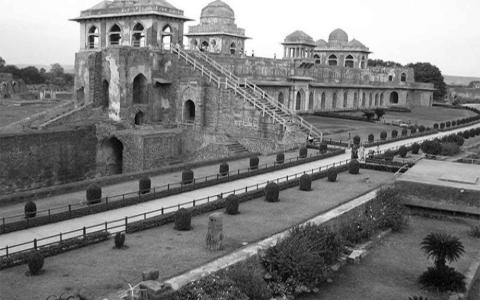
Several historical evidences including some coins attest that Ramagupta assumed power after the demise of Samudragupta. We also have a play titled Devichandragupta authored by Vishakhadatta. However, the complete play is unavailable today. The extant version is available in the form of fragments of about five or six acts. The towering scholar, Dr. V Raghavan has compiled all of this in the appendix of his work, Bhojashrungaraprakasha.
According...
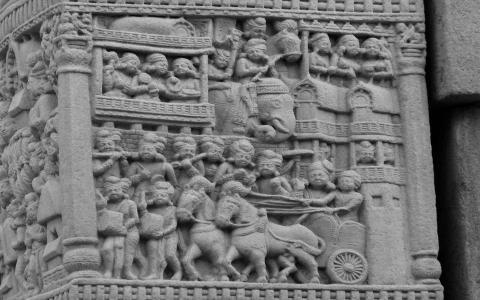
Buddha approved of and loved both the system of republics as well as the system of monarchy. He himself came from a republics establishment; he belonged to the Śākya-gaṇa. The republic that lay close to it was the Kolīya-gaṇa. There was a huge quarrel between the Śākya-gaṇa and the Kolīya-gaṇa with regard to sharing the waters of the River Rohiṇī.
Buddha was someone who saw firsthand the fights between the different republics. The people of the ...
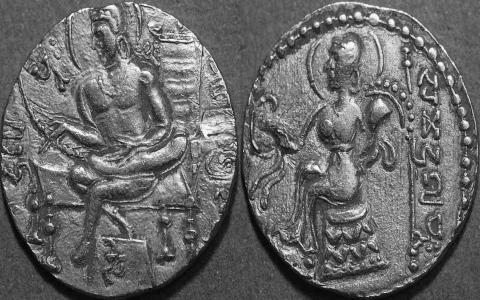
Samudragupta had a wife named Dattadevi. Ramagupta and Chandragupta Vikramaditya were their sons. We are fortunate to know their names and other details from the coins that were minted in that era. A great economic, cultural, and social revolution took place in the Gupta Age. We can see in history how the span, the vastness, and the kṣātra (of the Gupta Age) protected people in all stages of life, from all walks of life.
A few accuse...
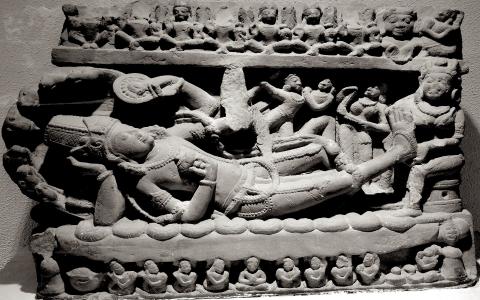
The multi-volume History and Culture of the Indian People, a definitive work authored by numerous scholars, contains the most accurate and clear history of the Guptas. R.C. Majumdar, the General Editor of the volume titled The Classical Age, and K.M. Munshi, who has written a foreword to the volume have held that the glory of the Gupta Era was extraordinary. Indeed, Munshi has written that this extraordinary glory was possible because of Dharma...

The preeminent name among the Gupta Dynasty is Chandragupta I. He was the son of Ghatotkachagupta. He had married Kumāradevī of the Licchavi clan. Subsequently, Samudragupta and others repeatedly claim that they descended from the Licchavi dynasty. What could be the reason behind this glorification of the Licchavis?
It is well-known that the ṣodaṣa-mahā-janapada (the Sixteen Great Republics) existed during Buddha’s time. The Vajji-gaṇa (or Vṛjji...
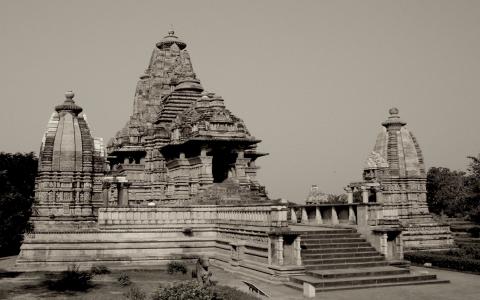
The Guptas hailed from the vaiśya community. It has been mentioned earlier that there is no great significance attached to being a kṣatriya by birth. By purposely concealing this fact, our so-called secularists claim that brāhmaṇas and kṣatriyas conspired together to discriminate against and oppress the people of other varṇas. This is far from the truth and there is little merit in this allegation.
Words like viśva, vaiśya, and veśa have all...

Pushyamitra Shunga tried to liberate Bharata’s lands under Greek occupation. The Greek invasion that began with Alexander continued till the time of Menander. The same Menander came to be known as Milindara later. Buddhists texts mention his name. The dialogue between Nagasena and Menander is recorded in the Pali (Magadhi) text ‘Milinda Panho.’ For a prolonged period—nearly three hundred years—the Ionian incursions were a recurring feature....
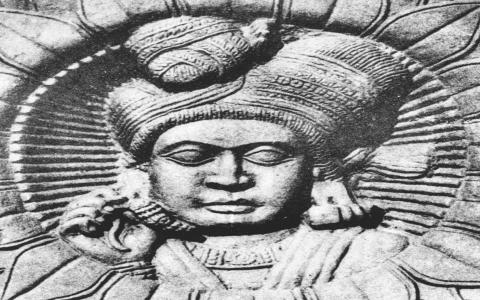
Marxist-Communist historians claim that because Pushyamitra Shunga was a brāhmaṇa, all events that occurred during his period were merely the revolt of brāhmaṇas. These incidents symbolize the enmity that brāhmaṇas had against Ashoka and his heritage. Contrary to their claims, varṇa doesn’t occupy a significant place in this.
The Shungas weren’t in power for a long period. The Kanvas, who succeeded them were brāhmaṇas too. If the Shunga reign...
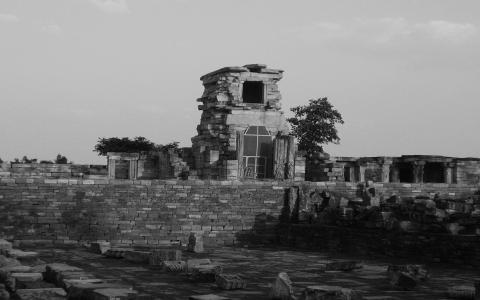
Among Ashoka’s numerous children, Tivra, Mahendra, Kunala, and Jaluka were prominent. The Vāyu and other Purāṇas contain several details about this. Among them, Kunala ruled the kingdom after Ashoka. After his eight-year rule, the next generation took charge. Brihadratha was one among them. Some opine that he was the grandson of Ashoka. However, historical studies reveal otherwise. Samprati Chandragupta was a grandson of Ashoka and his son was...
